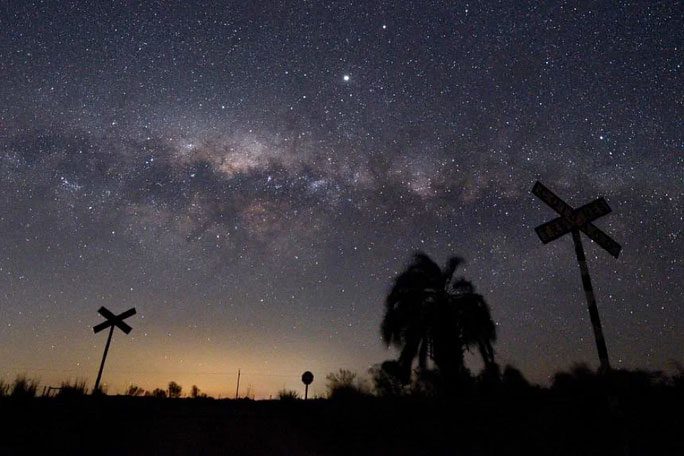Global light pollution is a serious issue, as it not only reduces the number of visible stars in the night sky but also impacts various plant and animal species on Earth.
This conclusion comes from a study conducted by the U.S. National Optical-Infrared Astronomy Research Laboratory, which was published in the journal Science on January 19.
To investigate changes in global sky brightness due to artificial light, American scientists used star observations from 2011 to 2022, collected from over 51,000 “citizen scientists” participating in the project “Globe at Night.” They confirmed that each year, the outdoor nighttime lighting intensity increases by 9.6% globally.
Dr. Christopher Kyba, one of the authors of the study, noted that most visual star observations were conducted from Europe and the U.S., but there was also significant participation from Uruguay, South Africa, and Japan.
Light pollution is the excessive artificial light created by humans, which can be bothersome. It is part of the impact of industrial civilization, originating from sources such as: facade lighting of buildings and interior lights, advertising signs, industrial facilities, offices, factories, streets, and sports complexes.

The number of stars visible to the naked eye has decreased by more than half in less than 20 years. (Photo: SCIENCE).
The study indicates that the global market share of LED lighting for new public lighting systems rose from less than 1% in 2011 to 47% in 2019.
“The ability to see stars in the sky with the naked eye is rapidly diminishing and is likely due to the advent of LEDs in outdoor lighting applications,” the researchers stated – “Current regulations on the use of artificial light are increasing light pollution on both continental and global scales.”
Dr. Christopher Kyba, an expert at the German Geological Research Center, believes that light pollution is leading to a phenomenon of “night loss” in many countries, causing negative consequences for all: plants, animals, and humans.


















































